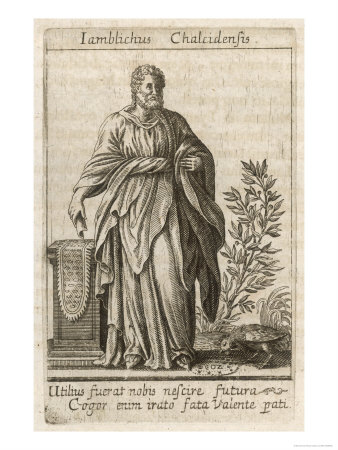blood flight by Jenny Hval
[The Parnassians] still treat their subjects as the old philosophers and orators did: that is, present things directly, whereas I think that they should be presented allusively. Poetry lies in the contemplation of tings, in the image emanating from the reveries which things arouse in us. They take something in its entirety and simply exhibit it; in so doing, they fall short of mystery; they fail to give our minds that exquisite joy which consists in believing that we are creating something. To name an object is largely to destroy poetic enjoyment, which comes from gradual divination. The ideal is to suggest the object. It is the perfect use of this mystery which constitutes symbol. An object must be gradually evoked in order to show a state of soul; or else, choose an object and from it elicit a state of soul by means of a series of decodings.
Attributed to Stéphane Mallarmé.
Iamblichus:

Granting, then, that ignorance and deception are faulty and impious, it does not follow that the offerings made to the gods and divine works are invalid, for it is not pure thought that unites theurgists to the gods. Indeed, what then would hinder those who are theoretical philosophers from enjoying a theurgic union with the gods? But the situation is not so: it is the accomplishment of acts not to be divulged and beyond all conception, and the power of unutterable symbols, understood solely by the gods that establishes theurgic union. For this reason, we do not bring about these things by thinking alone. If we did, their efficacy would be intellectual, and dependent on us. But neither assumption is true. For even when we are not engaged in thinking, the symbols themselves, by themselves, perform their appropriate work, and the ineffable power of the gods, to whom these symbols relate, itself recognizes the proper images of itself, not through being aroused by our thought.



